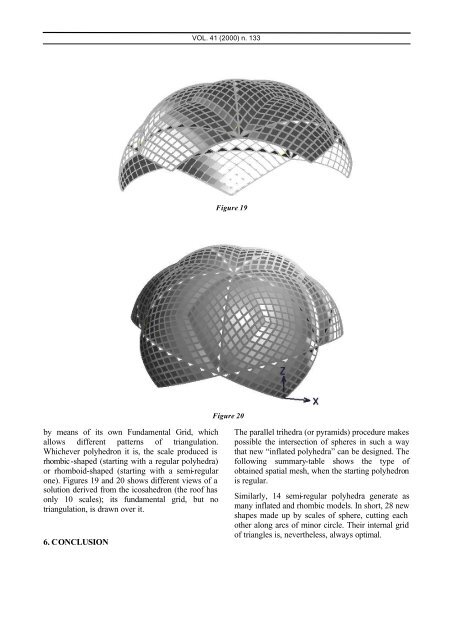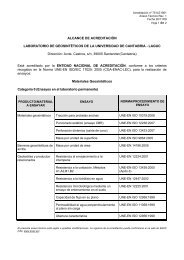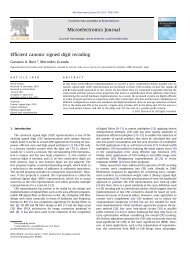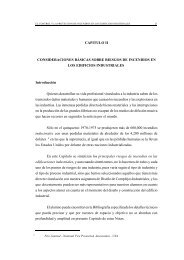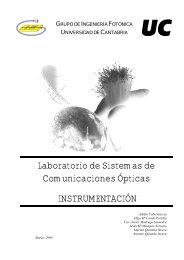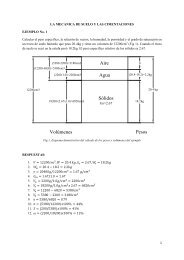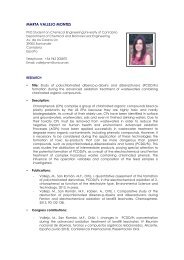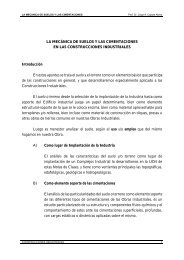designing optimal spatial meshes: cutting by parallel trihedra ...
designing optimal spatial meshes: cutting by parallel trihedra ...
designing optimal spatial meshes: cutting by parallel trihedra ...
You also want an ePaper? Increase the reach of your titles
YUMPU automatically turns print PDFs into web optimized ePapers that Google loves.
VOL. 41 (2000) n. 133Figure 19Figure 20<strong>by</strong> means of its own Fundamental Grid, whichallows different patterns of triangulation.Whichever polyhedron it is, the scale produced isrhombic-shaped (starting with a regular polyhedra)or rhomboid-shaped (starting with a semi-regularone). Figures 19 and 20 shows different views of asolution derived from the icosahedron (the roof hasonly 10 scales); its fundamental grid, but notriangulation, is drawn over it.6. CONCLUSIONThe <strong>parallel</strong> <strong>trihedra</strong> (or pyramids) procedure makespossible the intersection of spheres in such a waythat new “inflated polyhedra” can be designed. Thefollowing summary-table shows the type ofobtained <strong>spatial</strong> mesh, when the starting polyhedronis regular.Similarly, 14 semi-regular polyhedra generate asmany inflated and rhombic models. In short, 28 newshapes made up <strong>by</strong> scales of sphere, <strong>cutting</strong> eachother along arcs of minor circle. Their internal gridof triangles is, nevertheless, always <strong>optimal</strong>.


